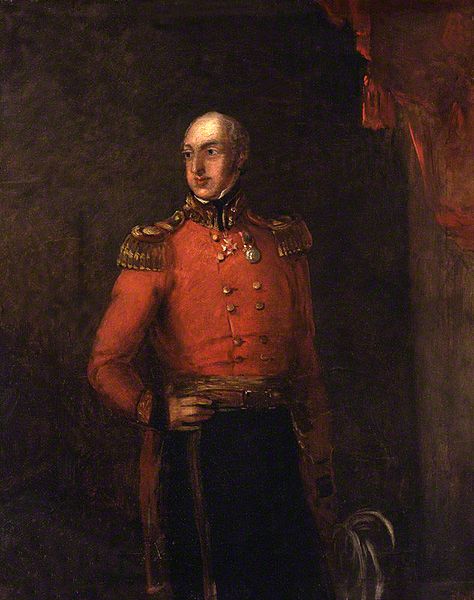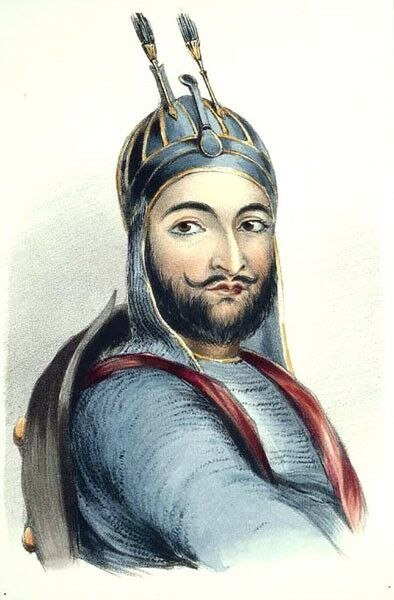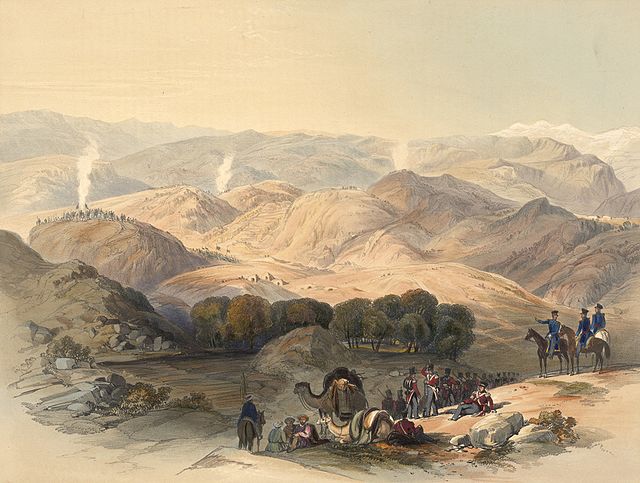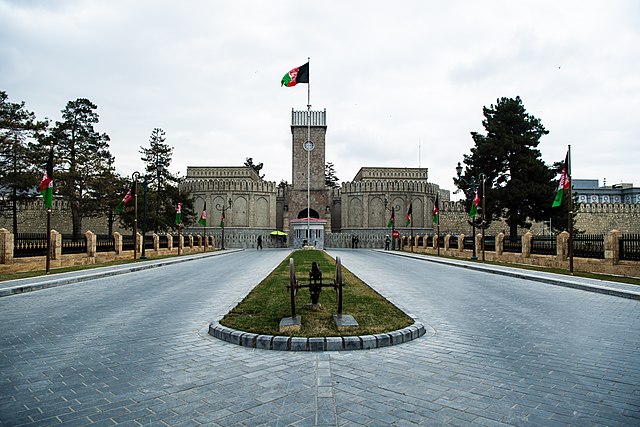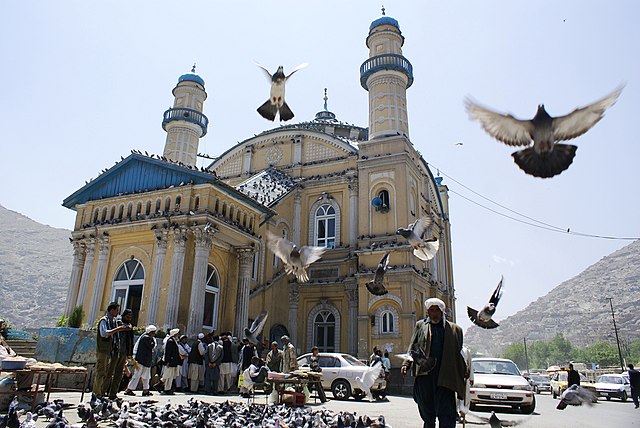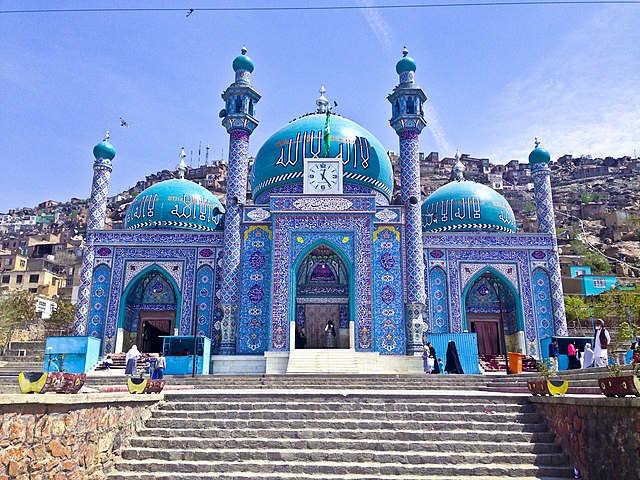The 1842 retreat from Kabul was the retreat of the British and East India Company forces from Kabul during the First Anglo-Afghan War. An uprising in Kabul forced the then-commander, Major-General William Elphinstone, to fall back to the British garrison at Jalalabad. As the army and its numerous dependents and camp followers began their march, it came under attack from Afghan tribesmen. Many in the column died of exposure, frostbite or starvation, or were killed during the fighting.
An 1898 depiction of the last stand of survivors of Her Majesty's 44th Foot at Gandamak
General William Elphinstone, who was given command of British forces in Afghanistan in 1841
Wazir Akbar Khan, son of deposed Afghan leader, Dost Mohammad Barakzai.
The Grove and Valley of Jugdulluk where Elphinstone's Army made its last stand in the calamitous retreat; January 1842. As drawn on the spot by James Rattray.
Kabul is the capital city of Afghanistan. Located in the eastern half of the country, it is also a municipality, forming part of the Kabul Province; it is administratively divided into 22 municipal districts. According to 2023 estimate, the population of Kabul was 4.95 million people. In contemporary times, the city has served as Afghanistan's political, cultural, and economical center, and rapid urbanisation has made Kabul the 75th-largest city in the world and the country's primate city.
Image: Kabul, Afghanistan view
Image: 200229 D AP390 1529 (49603221753)
Image: Shah e Doshamshera Mosque panoramio
Image: Sakhi mosque, Kabul


